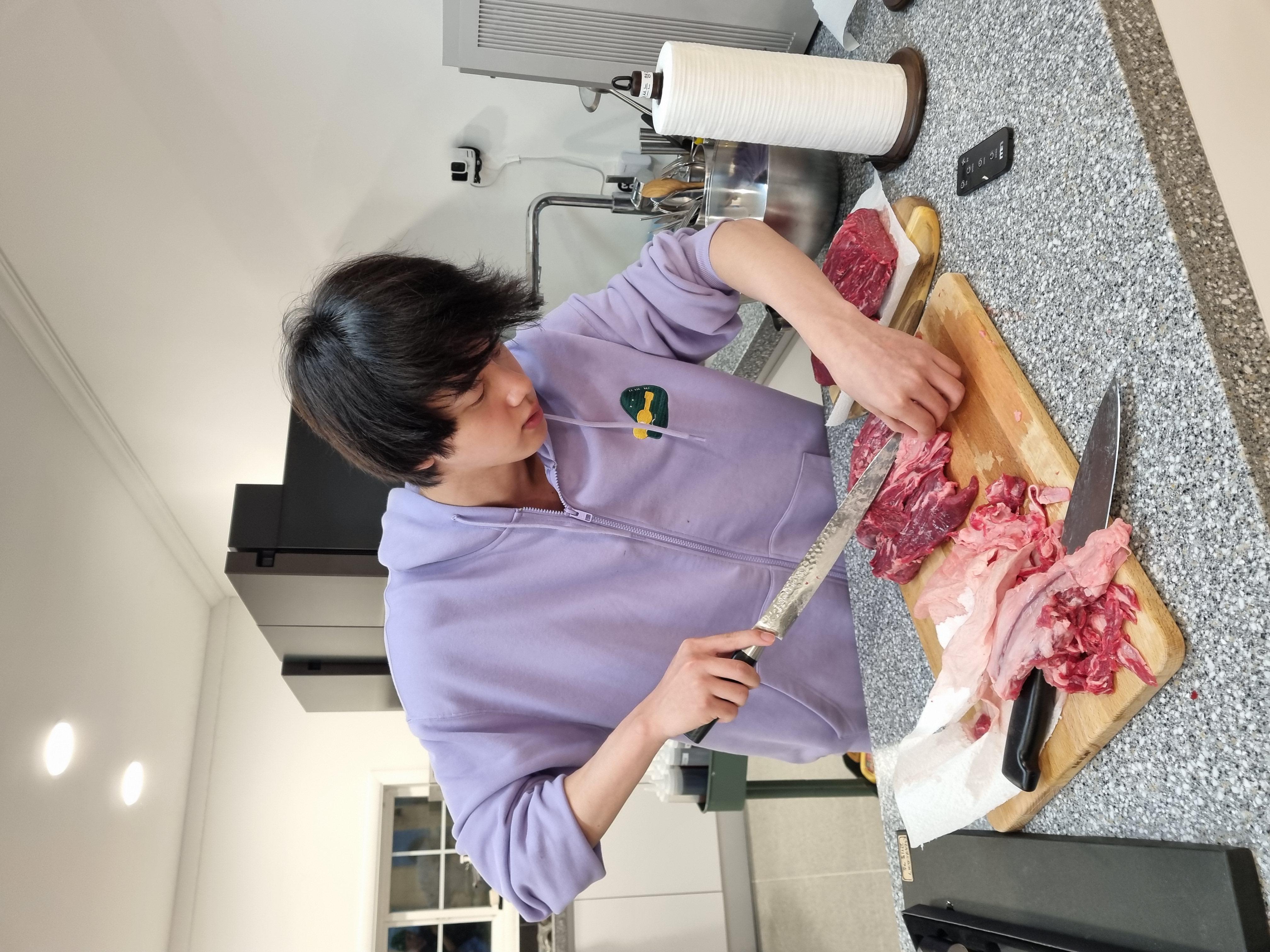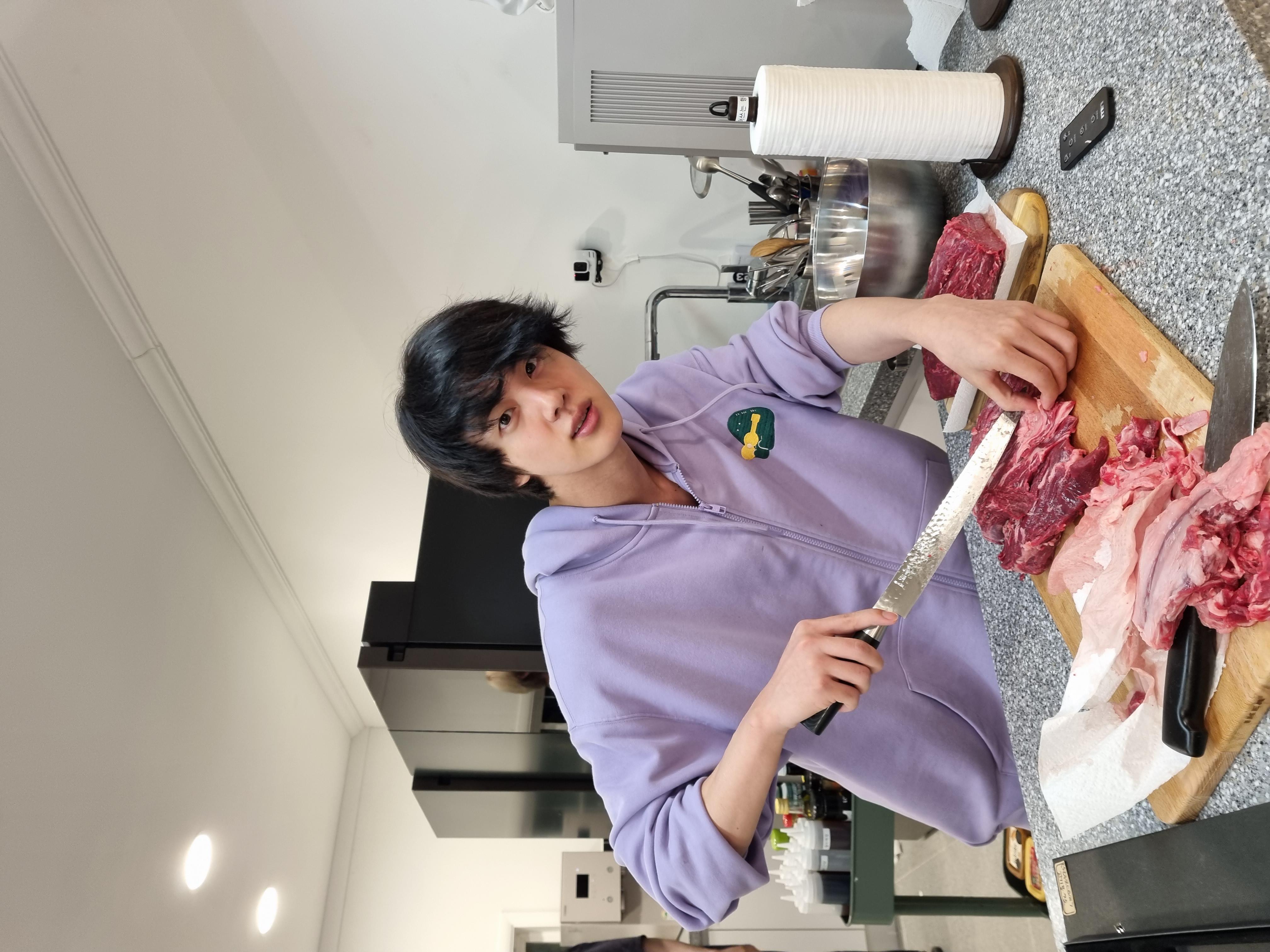Welcome to the fascinating world of Arabic calligraphy! If you've ever been mesmerized by the intricate beauty of "باران ارجمند," you're in for an incredible ride. This ancient art form has captured the hearts of millions across the globe, and today we're diving deep into its history, techniques, and cultural significance. Get ready to uncover the secrets behind this mesmerizing art that has stood the test of time!
Picture this: you're walking through a bustling souk in the Middle East, and suddenly your eyes catch something extraordinary. It's the flowing curves, the elegant lines, and the sheer artistry of "باران ارجمند" adorning the walls. This isn't just handwriting; it's a masterpiece. Arabic calligraphy has been a cornerstone of Islamic art for centuries, and its influence extends far beyond religion. It's a reflection of culture, heritage, and creativity.
But why should you care? Well, in today's fast-paced world, where everything is digital and impersonal, Arabic calligraphy offers a refreshing reminder of the beauty of craftsmanship. It's not just about writing words; it's about expressing emotions, telling stories, and connecting with history. Whether you're an art enthusiast, a history buff, or simply someone who appreciates beauty, this journey into "باران ارجمند" will leave you inspired.
- Aliona Meriacri Nudes The Untold Story Behind The Controversy
- Ar Folies Unveiling The Hidden Gem Of Modern Art And Culture
Table of Contents
- A Glimpse into the History of "باران ارجمند"
- Exploring the Different Styles of Arabic Calligraphy
- The Tools You Need to Get Started
- Mastering the Techniques
- Cultural Significance of "باران ارجمند"
- How Arabic Calligraphy Meets Modern Art
- Tips for Learning Arabic Calligraphy
- Common Challenges and How to Overcome Them
- Famous Examples of "باران ارجمند" in Action
- The Future of Arabic Calligraphy
A Glimpse into the History of "باران ارجمند"
Let's take a trip back in time to the origins of "باران ارجمند." This art form dates back to the 7th century, during the early days of Islam. Initially, it was used to write the Quran, and its purpose was deeply spiritual. The beauty of the script was believed to reflect the divine nature of the words it carried. Over the centuries, Arabic calligraphy evolved, branching out into various styles and becoming an integral part of Islamic art.
But here's the kicker: it wasn't just limited to religious texts. Arabic calligraphy found its way into everything from coins and architecture to poetry and everyday communication. It became a symbol of identity, culture, and creativity. And as the Islamic empire expanded, so did the reach of "باران ارجمند," influencing art and design across the world.
Evolution Through the Ages
As time went on, Arabic calligraphy didn't stay static. It grew and adapted, giving rise to new styles like Kufic, Naskh, and Thuluth. Each style had its own unique characteristics, catering to different purposes and aesthetics. For instance, Kufic was often used in architecture, while Naskh became the go-to for everyday writing. The evolution of "باران ارجمند" is a testament to its versatility and enduring appeal.
- Kyle Gullicksen The Rising Star In The World Of Sports
- Snug Irvington A Hidden Gem For Your Next Stay
Exploring the Different Styles of Arabic Calligraphy
Now that we've covered the history, let's talk about the styles. Arabic calligraphy is like a box of chocolates – you never know what you're gonna get! Here are some of the most popular styles:
- Kufic: Known for its geometric shapes and bold lines, Kufic is often used in architecture and decoration.
- Naskh: This style is more fluid and is commonly used in manuscripts and everyday writing.
- Thuluth: Thuluth is all about elegance and grandeur, often used in titles and headings.
- Diwani: Characterized by its intricate curves and lines, Diwani was traditionally used for official documents.
Each style has its own unique charm, and choosing the right one depends on the purpose and context of your work. Whether you're creating a piece for a mosque or designing a logo, there's a style that will fit your needs.
Which Style Suits You Best?
Think about what you want to achieve with your calligraphy. Are you looking for something bold and striking? Go for Kufic. Need something elegant and sophisticated? Thuluth might be your best bet. The beauty of "باران ارجمند" lies in its diversity, so don't be afraid to experiment and find your own voice.
The Tools You Need to Get Started
Alright, let's talk tools. If you're ready to dive into the world of "باران ارجمند," you'll need the right equipment. Here's a quick rundown of what you'll need:
- Reed Pen: The traditional tool of choice for Arabic calligraphers, reed pens offer a natural and authentic feel.
- Ink: Whether you prefer black, gold, or any other color, make sure your ink is of high quality.
- Paper: Choose a smooth, thick paper that can handle ink without bleeding.
- Ruler and Compass: These tools help with precision and alignment, ensuring your work is flawless.
And don't forget about your workspace! Make sure you have a comfortable, well-lit area where you can focus on your craft. The right tools and environment can make all the difference in your journey as a calligrapher.
Mastering the Techniques
Now that you've got your tools, it's time to learn the techniques. "باران ارجمند" is all about precision and practice. Here are some tips to help you get started:
- Start with the Basics: Begin by mastering the individual letters before moving on to words and sentences.
- Practice Consistency: Focus on maintaining uniformity in your strokes and curves.
- Experiment with Pressure: Varying the pressure on your pen can create different effects and add depth to your work.
- Study the Masters: Look at the works of famous calligraphers and try to emulate their techniques.
Remember, practice makes perfect. The more you practice, the better you'll get. And don't be discouraged by mistakes – they're all part of the learning process.
Common Mistakes to Avoid
As with any art form, there are common pitfalls to watch out for. Here are a few:
- Rushing through your work – take your time and focus on each stroke.
- Ignoring alignment – make sure your letters are properly aligned for a polished look.
- Using low-quality materials – invest in good tools to ensure the best results.
Cultural Significance of "باران ارجمند"
"باران ارجمند" isn't just an art form; it's a cultural treasure. It represents the rich heritage of the Arab and Islamic worlds, connecting people across generations and continents. From the grandeur of mosques to the intimacy of personal letters, Arabic calligraphy plays a vital role in preserving and celebrating culture.
In many ways, "باران ارجمند" serves as a bridge between the past and the present, reminding us of the importance of tradition and creativity. It's a reminder that art has the power to transcend boundaries and bring people together.
The Role of Calligraphy in Modern Society
Even in today's digital age, "باران ارجمند" continues to thrive. It's used in everything from branding and advertising to fashion and design. Its timeless beauty and versatility make it a valuable asset in the modern world, proving that tradition and innovation can coexist beautifully.
How Arabic Calligraphy Meets Modern Art
So, how does "باران ارجمند" fit into the modern art scene? Well, it's all about fusion. Many contemporary artists are blending traditional calligraphy with modern techniques and mediums, creating stunning works that appeal to a global audience. This fusion not only preserves the essence of "باران ارجمند" but also introduces it to new generations.
Take, for example, the work of artists like Hassan Massoudy and eL Seed. They've taken calligraphy to new heights, using it to address social and political issues while maintaining its artistic integrity. Their work proves that "باران ارجمند" is as relevant today as it was centuries ago.
Breaking Boundaries
One of the most exciting aspects of modern calligraphy is its ability to break boundaries. Whether it's through digital art, graffiti, or mixed media, "باران ارجمند" continues to evolve and surprise us. It's a living, breathing art form that adapts to the times while staying true to its roots.
Tips for Learning Arabic Calligraphy
Ready to learn "باران ارجمند"? Here are some tips to help you on your journey:
- Find a Mentor: Having a teacher or mentor can provide valuable guidance and feedback.
- Join a Community: Connect with other calligraphers to share ideas and inspiration.
- Take Online Courses: There are plenty of resources available online to help you learn at your own pace.
- Stay Persistent: Don't give up! The journey to mastering "باران ارجمند" is a rewarding one.
Remember, learning calligraphy is a marathon, not a sprint. Enjoy the process and let your creativity shine!
Setting Realistic Goals
It's important to set realistic goals for yourself. Start small and gradually build up your skills. Celebrate your progress along the way, and don't be too hard on yourself if you encounter setbacks. Every artist has their own journey, and yours is just as valid.
Common Challenges and How to Overcome Them
Every artist faces challenges, and "باران ارجمند" is no exception. Here are some common hurdles and how to overcome them:
- Patience: Developing the skills for "باران ارجمند"



Detail Author:
- Name : German Schiller
- Username : luz.wilderman
- Email : noemie04@glover.com
- Birthdate : 1979-07-19
- Address : 533 O'Connell Pines Brenttown, UT 51650-5419
- Phone : (865) 334-6961
- Company : Rowe LLC
- Job : Medical Scientists
- Bio : Incidunt voluptates consequatur quaerat minima id. Ad laudantium ducimus ut cumque explicabo quia accusamus. Quos maxime et facere eum et. Maxime rerum eligendi ut rem qui.
Socials
twitter:
- url : https://twitter.com/hammesa
- username : hammesa
- bio : Eos facilis voluptate voluptatem placeat et quia blanditiis voluptas. Quibusdam repellendus omnis eveniet perferendis non qui aut.
- followers : 554
- following : 1780
linkedin:
- url : https://linkedin.com/in/antwan_real
- username : antwan_real
- bio : Saepe molestiae rerum qui magni.
- followers : 4035
- following : 2585
tiktok:
- url : https://tiktok.com/@antwan_dev
- username : antwan_dev
- bio : Omnis voluptas rerum omnis tenetur.
- followers : 5899
- following : 2359
instagram:
- url : https://instagram.com/antwan.hammes
- username : antwan.hammes
- bio : Harum fuga culpa recusandae rem. Tempore nemo nam adipisci consequatur. Dolores quae ratione ex.
- followers : 6454
- following : 1607